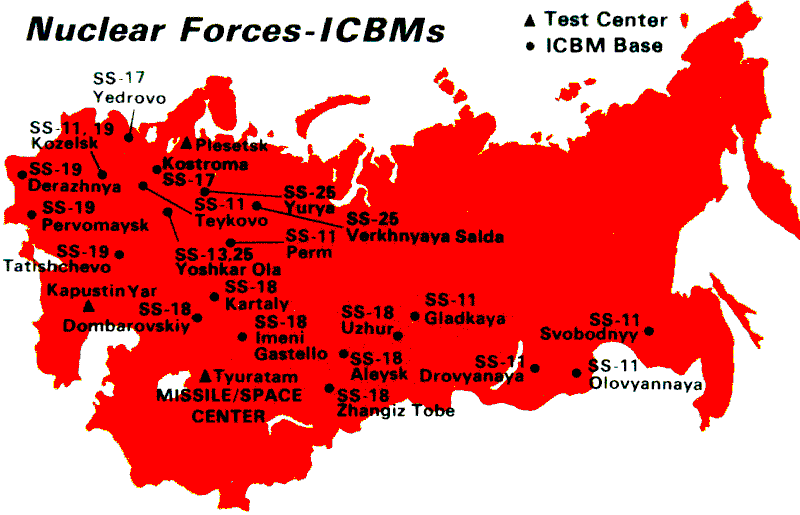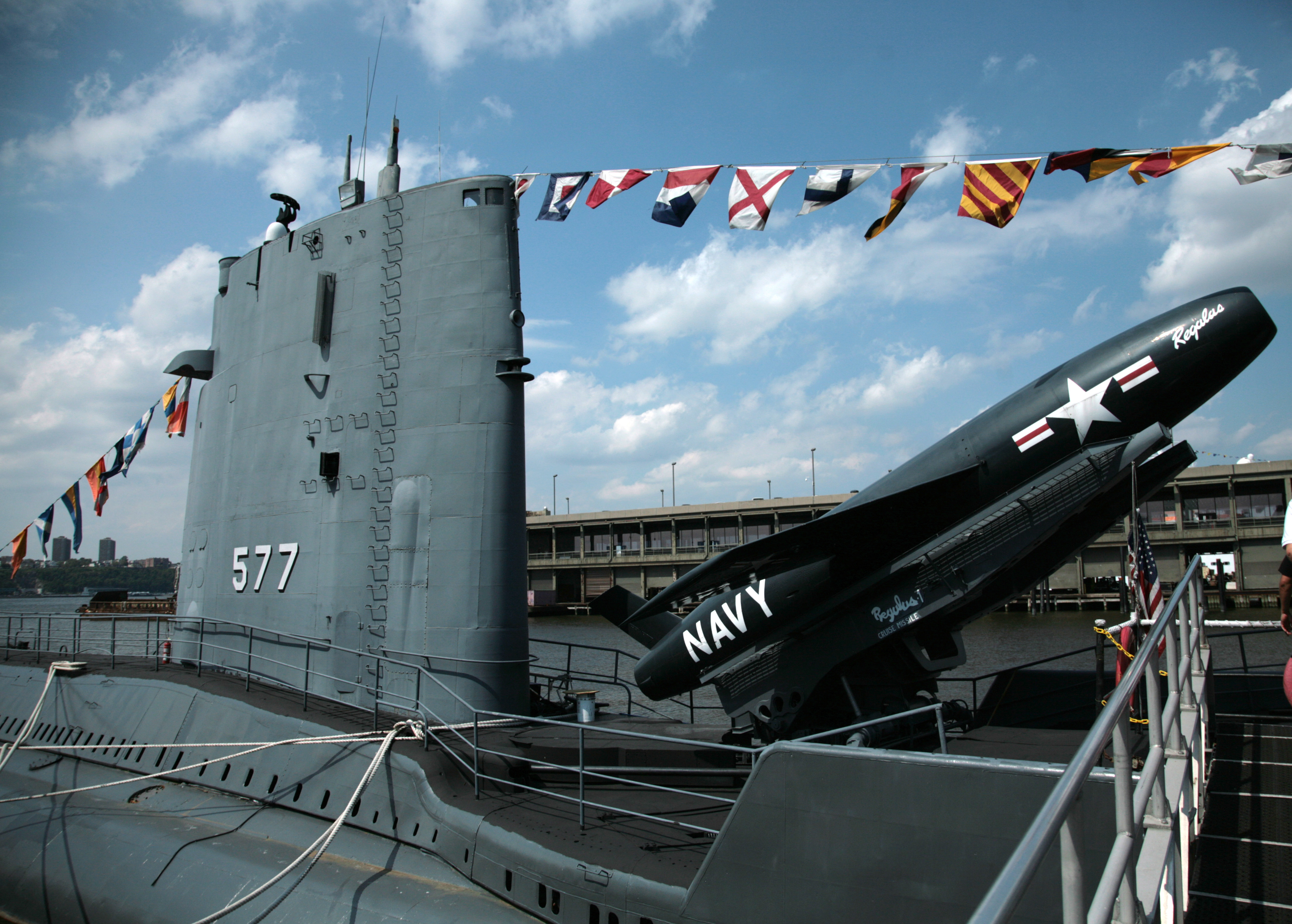|
Countervalue
In military doctrine, countervalue is the targeting of an opponent's assets that are of value but not actually a military threat, such as cities and civilian populations. Counterforce is the targeting of an opponent's military forces and facilities. The ''Oxford English Dictionary'', 2nd ed., records the first use of the word in 1660 and the first use in the modern sense in 1965 in which it is described as a "euphemism for attacking cities". Theory In warfare, particularly nuclear warfare, enemy targets can be divided into two general types: counterforce military targets and countervalue civilian targets. Those terms were not used during the Second World War bombing of civilian populations and other targets that were not directly military. The rationale behind countervalue targeting is that if two sides have both achieved assured destruction capability, and the nuclear arsenals of both sides have the apparent ability to survive a wide range of counterforce attacks and carry out ... [...More Info...] [...Related Items...] OR: [Wikipedia] [Google] [Baidu] |
Nuclear Strategy
Nuclear strategy involves the development of doctrines and strategies for the production and use of nuclear weapons. As a sub-branch of military strategy, nuclear strategy attempts to match nuclear weapons as means to political ends. In addition to the actual use of nuclear weapons whether in the battlefield or strategically, a large part of nuclear strategy involves their use as a bargaining tool. Some of the issues considered within nuclear strategy include: *Conditions which serve a nation's interest to develop nuclear weapons *Types of nuclear weapons to be developed *How and when weapons are to be used Many strategists argue that nuclear strategy differs from other forms of military strategy. The immense and terrifying power of the weapons makes their use, in seeking victory in a traditional military sense, impossible. Perhaps counterintuitively, an important focus of nuclear strategy has been determining how to prevent and deter their use, a crucial part of mutual as ... [...More Info...] [...Related Items...] OR: [Wikipedia] [Google] [Baidu] |
Counterforce
In nuclear strategy, a counterforce target is one that has a military value, such as a launch silo for intercontinental ballistic missiles, an airbase at which nuclear-armed bombers are stationed, a homeport for ballistic missile submarines, or a command and control installation. The intent of a counterforce strategy (attacking counterforce targets with nuclear weapons) is to conduct a pre-emptive nuclear strike which has as its aim to disarm an adversary by destroying its nuclear weapons before they can be launched. That would minimize the impact of a retaliatory second strike. However, counterforce attacks are possible in a second strike as well, especially with weapons like UGM-133 Trident II. A counterforce target is distinguished from a countervalue target, which includes an adversary's population, knowledge, economic, or political resources. In other words, a counterforce strike is against an adversary's military, and a countervalue strike is against an adversary's citi ... [...More Info...] [...Related Items...] OR: [Wikipedia] [Google] [Baidu] |
Military Strategy
Military strategy is a set of ideas implemented by military organizations to pursue desired strategic goals. Derived from the Greek word '' strategos'', the term strategy, when it appeared in use during the 18th century, was seen in its narrow sense as the "art of the general", or "'the art of arrangement" of troops. Military strategy deals with the planning and conduct of campaigns, the movement and disposition of forces, and the deception of the enemy. The father of Western modern strategic studies, Carl von Clausewitz (1780–1831), defined military strategy as "the employment of battles to gain the end of war." B. H. Liddell Hart's definition put less emphasis on battles, defining strategy as "the art of distributing and applying military means to fulfill the ends of policy". Hence, both gave the pre-eminence to political aims over military goals. Sun Tzu (544–496 BC) is often considered as the father of Eastern military strategy and greatly influenced Chinese, Japanese ... [...More Info...] [...Related Items...] OR: [Wikipedia] [Google] [Baidu] |
Civilians In War
Civilians under international humanitarian law are "persons who are not members of the military, armed forces" and they are not "combatants if they carry arms openly and respect the law of war, laws and customs of war". It is slightly different from a non-combatant, because some non-combatants are not civilians (for example, military chaplains who are attached to the belligerent party or military personnel who are serving with a neutral country). Civilians in the territories of a party to an armed conflict are entitled to certain privileges under the customary international law, customary laws of war and Treaty, international treaties such as the Fourth Geneva Convention. The privileges that they enjoy under international law depends on whether the conflict is an internal one (a civil war) or an international one. In some nations, uniformed members of civilian police or fire department, fire departments colloquially refer to members of the public as civilians. Etymology The word ... [...More Info...] [...Related Items...] OR: [Wikipedia] [Google] [Baidu] |
Scorched Earth
A scorched-earth policy is a military strategy that aims to destroy anything that might be useful to the enemy. Any assets that could be used by the enemy may be targeted, which usually includes obvious weapons, transport vehicles, communication sites, and industrial resources. However, anything useful to the advancing enemy may be targeted, including food stores and agricultural areas, water sources, and even the local people themselves, though the last has been banned under the 1977 Geneva Conventions. The practice can be carried out by the military in enemy territory or in its own home territory while it is being invaded. It may overlap with, but is not the same as, punitive destruction of the enemy's resources, which is usually done as part of political strategy, rather than operational strategy. Notable historic examples of scorched-earth tactics include William Tecumseh Sherman's March to the Sea in the American Civil War, Kit Carson's subjugation of the America ... [...More Info...] [...Related Items...] OR: [Wikipedia] [Google] [Baidu] |
Revenge
Revenge is committing a harmful action against a person or group in response to a grievance, be it real or perceived. Francis Bacon described revenge as a kind of "wild justice" that "does... offend the law ndputteth the law out of office." Primitive justice or retributive justice is often differentiated from more formal and refined forms of justice such as distributive justice and divine judgment. Function in society Social psychologist Ian Mckee states that the desire for the sustenance of power motivates vengeful behavior as a means of impression management: "People who are more vengeful tend to be those who are motivated by power, by authority and by the desire for status. They don't want to lose face". Vengeful behavior has been found across a majority of human societies. Some societies encourage vengeful behavior, which is called a feud. These societies usually regard the honor of individuals and groups as of central importance. Thus, while protecting of their reputa ... [...More Info...] [...Related Items...] OR: [Wikipedia] [Google] [Baidu] |
Balance Of Power In International Relations
The balance of power theory in international relations suggests that states may secure their survival by preventing any one state from gaining enough military power to dominate all others. If one state becomes much stronger, the theory predicts it will take advantage of its weaker neighbors, thereby driving them to unite in a defensive coalition. Some realists maintain that a balance-of-power system is more stable than one with a dominant state, as aggression is unprofitable when there is equilibrium of power between rival coalitions. When threatened, states may seek safety either by ''balancing'', allying with others against the prevailing threat; or '' bandwagoning'', aligning themselves with the threatening power. Other alliance tactics include '' buck-passing'' and ''chain-ganging''. Realists have long debated how the polarity of a system impacts the choice of tactics; however, it is generally agreed that in bipolar systems, each great power has no choice but to dir ... [...More Info...] [...Related Items...] OR: [Wikipedia] [Google] [Baidu] |
Balance Of Terror
The phrase "balance of terror" is usually, but not invariably,Rich Miller, Simon Kennedy'G-20 Plans to End 'Financial Balance of Terror' After Summit,'Bloomberg 27 February 2009. used in reference to the nuclear arms race between the United States and the Soviet Union during the Cold War. It describes the tenuous peace that existed between the two countries as a result of both governments being terrified at the prospect of a world-destroying nuclear war. The term is usually used for rhetorical purposes, and was probably coined by Lester Pearson in June 1955 at the 10th anniversary of the signing of the UN Charter: "the balance of terror has succeeded the balance of power". Some political scientists use this phrase as a means of differentiating the world situation that followed World War II from that which preceded it. Previously, empires had prevented war between each other by maintaining a relative balance of their ability (economic, military, and political) to wage war again ... [...More Info...] [...Related Items...] OR: [Wikipedia] [Google] [Baidu] |
Peace Through Strength
"Peace through strength" is a phrase that suggests that military power can help preserve peace. It has been used by many leaders from Roman Emperor Hadrian in the second century AD to former US President Ronald Reagan in the 1980s. The concept has long been associated with realpolitik. The idea has critics, with Andrew Bacevich stating, Peace through strength' easily enough becomes 'peace through war. History The phrase and the concept date to ancient times. Roman Emperor Hadrian (AD 76–138) is said to have sought "peace through strength or, failing that, peace through threat." Hadrian's Wall was a symbol of the policy. United States The first US president, George Washington, enunciated a policy of peace through strength in his fifth annual message to Congress, the 1793 State of the Union Address. He said: There is a rank due to the United States among nations which will be withheld, if not absolutely lost, by the reputation of weakness. If we desire to avoid insult, we must ... [...More Info...] [...Related Items...] OR: [Wikipedia] [Google] [Baidu] |
Deterrence Theory
Deterrence theory refers to the scholarship and practice of how threats or limited force by one party can convince another party to refrain from initiating some other course of action. The topic gained increased prominence as a military strategy during the Cold War with regard to the use of nuclear weapons and is related to but distinct from the concept of mutual assured destruction, which models the preventative nature of full-scale nuclear attack that would devastate both parties in a nuclear war. The central problem of deterrence revolves around how to credibly threaten military action or nuclear punishment on the adversary despite its costs to the deterrer. Deterrence is widely defined as any use of threats (implicit or explicit) or limited force intended to dissuade an actor from taking an action (i.e. maintain the status quo). Deterrence is unlike compellence, which is the attempt to get an actor (such as a state) to take an action (i.e. alter the status quo). Both are ... [...More Info...] [...Related Items...] OR: [Wikipedia] [Google] [Baidu] |
Mutually Assured Destruction
Mutual assured destruction (MAD) is a doctrine of military strategy and national security policy which posits that a full-scale use of nuclear weapons by an attacker on a nuclear-armed defender with second-strike capabilities would cause the complete annihilation of both the attacker and the defender. It is based on the theory of rational deterrence, which holds that the threat of using strong weapons against the enemy prevents the enemy's use of those same weapons. The strategy is a form of Nash equilibrium in which, once armed, neither side has any incentive to initiate a conflict or to disarm. The term "mutual assured destruction", commonly abbreviated "MAD", was coined by Donald Brennan, a strategist working in Herman Kahn's Hudson Institute in 1962. However, Brennan came up with this acronym ironically, spelling out the English word " mad" to argue that holding weapons capable of destroying society was irrational. Theory Under MAD, each side has enough nuclear weaponr ... [...More Info...] [...Related Items...] OR: [Wikipedia] [Google] [Baidu] |
Second Strike
In nuclear strategy, a retaliatory strike or second-strike capability is a country's assured ability to respond to a nuclear attack with powerful nuclear retaliation against the attacker. To have such an ability (and to convince an opponent of its viability) is considered vital in nuclear deterrence, as otherwise the other side might attempt to try to win a nuclear war in one massive first strike against its opponent's own nuclear forces. Theory The possession of second-strike capabilities counters a first-strike nuclear threat and can support a no first use nuclear strategy. Reciprocal second-strike capabilities usually cause a mutual assured destruction defence strategy, though one side may have a lower level minimal deterrence response. Second-strike capabilities can be further strengthened by implementing fail-deadly mechanisms. These mechanisms create a threshold and guaranteed consequences if that threshold is breached. For instance, a threshold may be for an allied nati ... [...More Info...] [...Related Items...] OR: [Wikipedia] [Google] [Baidu] |




.jpg)

